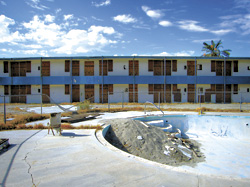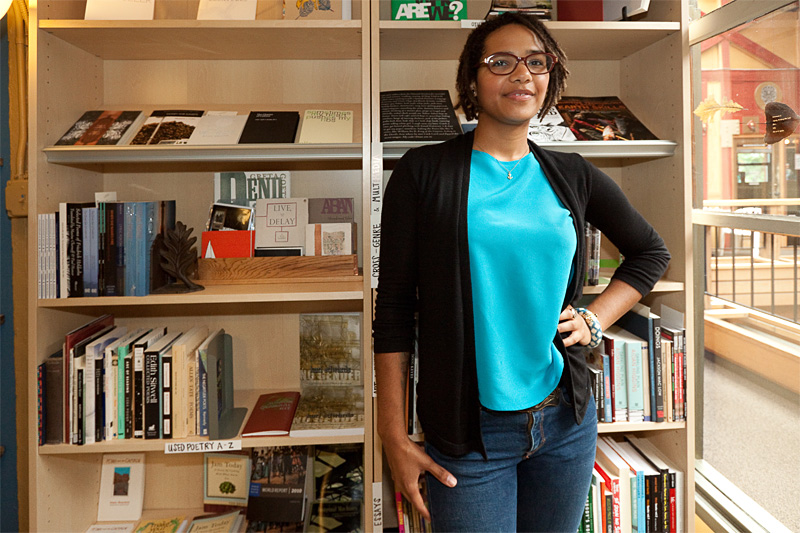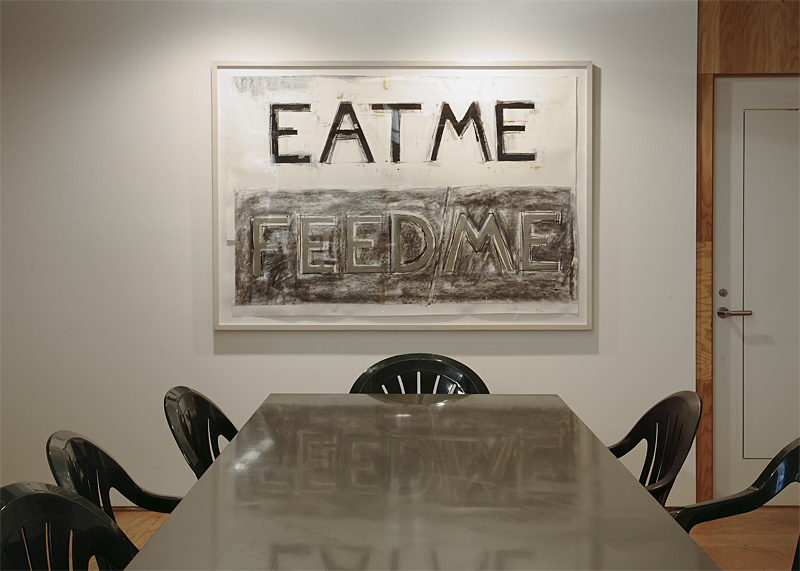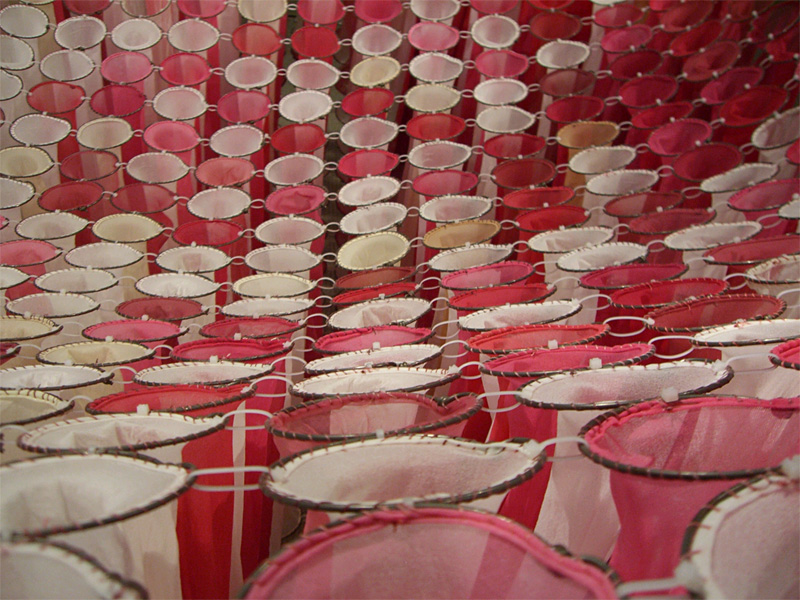Best known for his award-winning film The Subconscious Art of Graffiti Removal (2001), Matt McCormick continues to explore what he (in that film) calls subconscious art: “a product of artistic merit that was created without conscious artistic intentions.” At the Hedreen Gallery (curated by SW contributor Carrie E.A. Scott), two of McCormick’s films are shown perpendicular to each other, both documenting the decay of manufactured structures: anonymous buildings, once-shiny hotels, tiny wooden houses in the woods. Projected onto the gallery’s southern wall, Western Edge is a visual list of structures collapsing with neglect. One landscape is seen through the windows of a long-empty house: Through a window in the front of the house, and out a window in the back, nothing interrupts the view of the horizon. Motor Hotel (cast on the west wall) is composed of two side-by side slideshows of ’50s-era hotels. Beautifully kitschy, handcrafted neon signs flash one to the next. Overlapping soundtracks bleed from one film to the other. The white noise of grasses in the wind (from Western Edge) animates the hotel images, while highway noises (from Motor Hotel) clash against what becomes an onslaught of buildings falling down. It is beautiful, all that weathered wood, all those collapsed right angles, and yet Western Edge becomes almost heartbreaking: all these lonely landscapes, all that physical abandonment. Entitled “Future So Bright,” McCormick’s exhibition seems to use this long, narrow, many-windowed gallery space especially well: The larger-than-life projections nearly fill the tall walls, while a bench at one end of the gallery offers a place to sit and watch. After hours on Thursdays and Fridays, the videos are looped overnight, so you can watch them in the dark, from outside.
Western Edge, Meet Motor Hotel
See Matt McCormick's work inside the Hedreen Gallery, or from the street.








